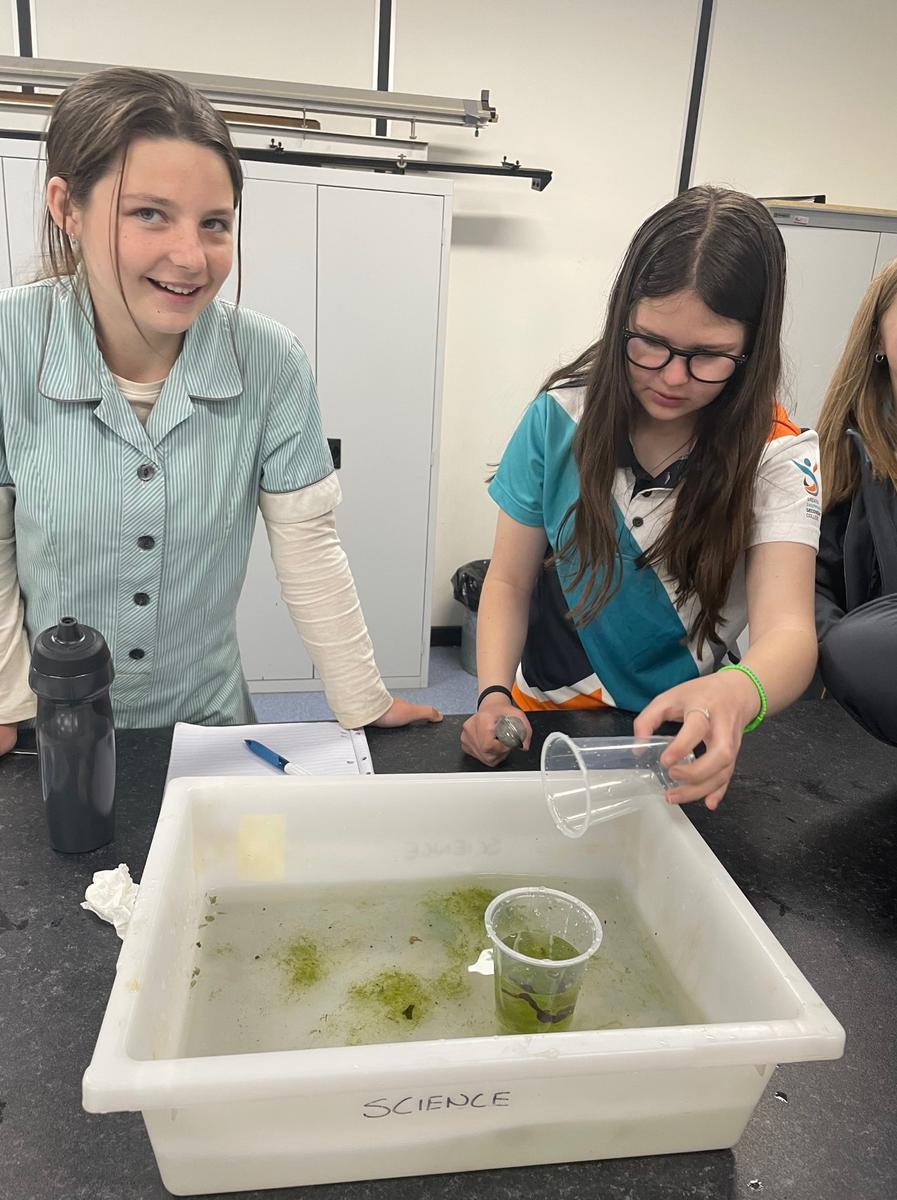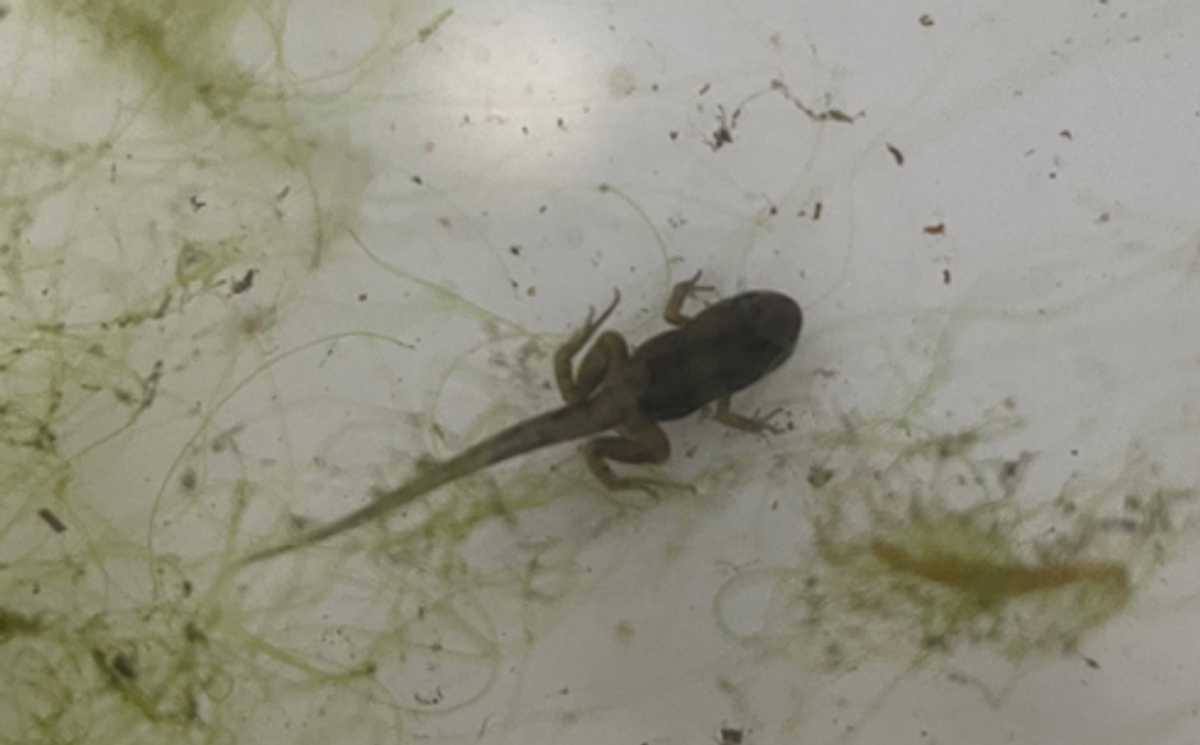Year 9 Science
'Your Environment' macroinvertebrate identification

Year 9 Science
'Your Environment' macroinvertebrate identification
Students in the Year 9 Science elective ‘Your Environment’ have been learning about the importance of biodiversity. Biodiversity provides us with food such as meat, fruit and vegetables. It assists with pest control, and improves our air and water quality. Many people rely on biodiversity for their livelihoods such as farmers, those working in the fisheries industry, and timber workers. 40% of the world’s economy relies on natural resources.
To learn about the health of an ecosystem, students analysed water samples taken from the wetlands area next to the Wanganui Campus. By identifying the macroinvertebrates that were found in each sample, students could use identification keys to work out the types of organisms found in the water. Macroinvertebrates play an important role in maintaining healthy ecosystems. By measuring the number of different species (richness) and the amount of each species (abundance), students were able to get an indication of the health of the aquatic environment.
Students found organisms such as damselfly nymphs (babies), tadpoles, water boatmen, yabbies and snails.


Sarah and Lydia identifying macroinvertebrates


Damselfly nymphs and Water Boatmen separated into different parts of an ice tray for identification


Juna, Crystal and Oliver working with other members of their group to work out whether their macroinvertebrates fit into the ‘very tolerant’, ‘tolerant’, ‘sensitive’ or ‘very sensitive’ category in regards to water pollution.


‘Franklin’ the tadpole/almost frog - students found in the samples
Kylie Hoskin
Neighbourhood Leader

